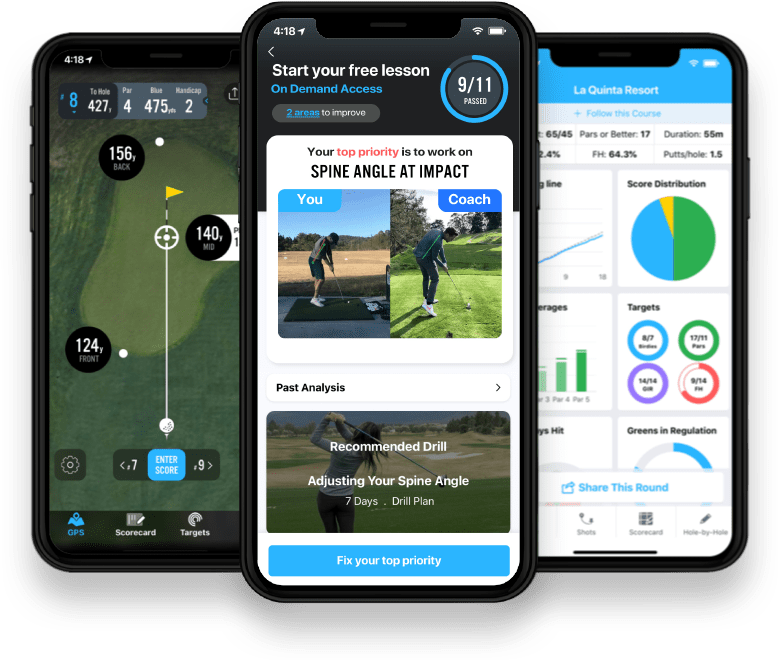Krone Golf’s KD-1—3D printing produces the ultimate made-to-order driver
Despite being associated with long-standing traditions and an often somewhat stodgy image, the game of golf is no stranger to the latest in high technology innovation. Products like Trackman and GolfTec provide swing analysis and ball launch data, and shot-tracking and scoring apps allow golfers to keep track of their games on their smartphones. When it comes to playing equipment, modern golf clubs and golf balls are designed with the assistance of the state-of-the-art CAD software and manufactured from exotic materials using cutting edge manufacturing techniques that were, in some cases, unknown less than a decade ago—techniques such as 3D printing.The latest golf club to incorporate the most advanced materials and manufacturing methods is the KD-1 driver from Hong Kong-based Krone Golf. Designed by former Taylormade designer Marc Kronenberg, the mind behind the Taylormade R7 driver and the award-winning RBZ fairway woods, the KD-1 uses two advanced modern manufacturing methods—3D printing and computerized numerical control CNC machining—which allow an unprecedented level of precision and customization.
Advanced methods and materials allow unprecedented customization
The face cup and hosel portion of the KD-1 is a one-piece titanium structure which is machined with very high precision thanks to CNC machining. The use of CNC machining allows the component to be built to extremely close tolerances—much closer than would be achievable by high-volume methods such as stamping or casting. The one-piece construction of the face/hosel structure also eliminates the variations in mechanical properties which can result from the heat-affected zones which are an inevitable result of welding.
The most revolutionary aspect of the KD-1’s design, however, is the 3D-printed body of the club head, which is fabricated using Windform SP, an advanced laser-sintering, carbon-reinforced polyamide material. 3D printing has been used for a number of years in the design process for golf clubs, but the lack of a 3D-printable material with suitable properties—strength, ductility, impact resistance, etc.—has previously restricted the use of this process to prototyping.
The Windform material changes that, thanks to its outstanding material properties, making the use of 3D printing feasible for the production of finished components. The availability of a material with the requisite strength and ductility, which can be formed with the precision of the 3D printing process, allows club designer Marc Kronenberg to make use of precisely configured internal structures for strength and weight distribution which would be impossible to produce by any other manufacturing method.
The KD-1 is truly a “bespoke” design. Tailored to the individual, and optimized to provide the best fit for its owner, each club has a unique 3D model. There are about 35 variables in each club design than can be individually tuned, including the configuration of a brass weight (which can be coated or plated with different finishes) that is positioned low on the heel of the club head. Clubs can be configured with fully custom shapes, sizes (deep face, shallow face), and volumes (380cc, 420cc, etc.)

The KD-1’s custom fitting accounts for the lack of features such as an adjustable hosel or movable weights—features that allow a mass-produced club to be individualized for a specific player—because the KD-1’s individual optimization eliminates the need for those devices.
According to Kronenberg, “Since each club is individually designed to fit a specific player we find there is no need for further adjustability. Most players find a bonded hosel provides a better feel. We also find that having a consistent CG location and maximizing the club’s MOI provides greater benefits than having moveable weights. That being said, we do adjust the CG location internally in the head for each player, as well as the total head weight.”
The next step—built-in swing analysis
A feature that is under development for the KD-1 is the use of (optional) built-in multi-axis motion sensors to measure swing characteristics. Positioned in the club head and the butt end of the shaft, the sensors will allow precise measurement of the position of the grip and the club head during a swing, feeding the data to an accompanying tablet or smartphone app. Proprietary algorithms will determine metrics such as club path, face angle, angle of attack, launch angle, and spin rate from the data collected by the sensors—all the information needed to evaluate and analyze the golfer’s swing.The development of the high-strength 3D-printable Windform material was the last piece of the puzzle that enabled designer Kronenberg to bring the full benefits of 3D modeling and fabrication to bear on the problem of developing the ultimate golf club. The fitting process defines the characteristics of the club that will best suit your swing, and numerically controlled manufacturing allows the shaping of advanced materials into the ultimate custom golf club.
Mirroring the type of after-sale service that is available for the high-end automobiles that KD-1 drivers will almost certainly be carried to the golf course in, the clubs come with an enviable after-purchase care package. This after-sale service includes a complimentary annual “spec check” and re-gripping—and if the club has moved out of specification it will be repaired or replaced. Minor scratches will be buffed out or paint-filled, as needed, with heavier damage repaired for a nominal charge. The shaft is also checked for damage or fatigue, and replaced as needed.
The KD-1 driver is currently available by invitation or referral only, as there are a limited number of production slots available per year. Fittings are mobile and can be done at a client’s home or country club. As for price, well, as the old saying goes—if you have to ask, you probably can’t afford it…
The 18Birdies app is now available for iPhone and Android devices. Click here for your free download. For more information, check out all the latest news at 18Birdies.com.
 Try for Free
Try for Free
